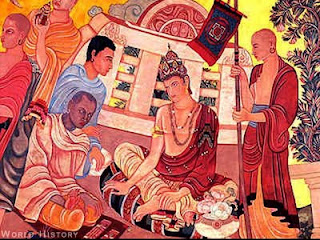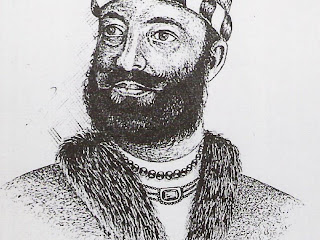

In 323 B.C., after the death of Alexander the new wave started in India and its sub continent. A man who defeat the strong Magadha kingdom from the Ganges valley and after next 24 years he conquered the northern India.
His name was called Chandraguptha Maurya (340 BC – 298 BC) and he was trained by the great Chanakya who had wide knowledge in economics, politics, military war, foreign affairs, administration and religion. He was a personal adviser for Chandragutha, without him there is no Mauryan empire.
In 322 B.C Chandraguptha Maurya defeat and overthrown the Nandha dynasty. He found a new empire called “Maurya Empire”. In 303 BC the war between Greek satrapies and Mauryans, he defeats the Greek king Macedonian and crowned as King of Taxila. After his death his grandson Ashoka the Great became the king of Mauyran Empire.









